Passions: Old Typewriters
A writer stays inspired by collecting and using the old-school keyboards favored by famous authors
1 of 7
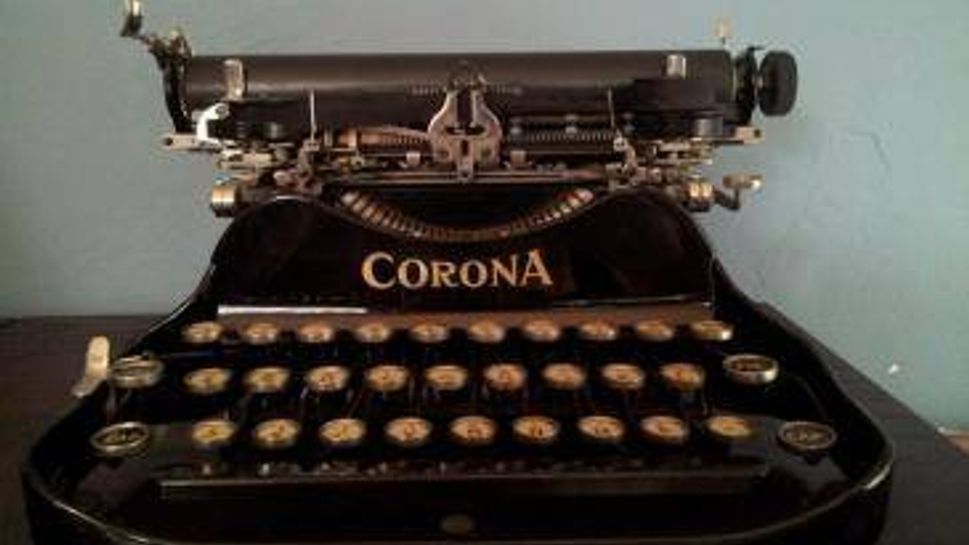
This little Corona typewriter was popular with traveling businessmen and journalists like Ernie Pyle. The roller folds forward over the keys. It’s unusual to find one in such pristine condition.
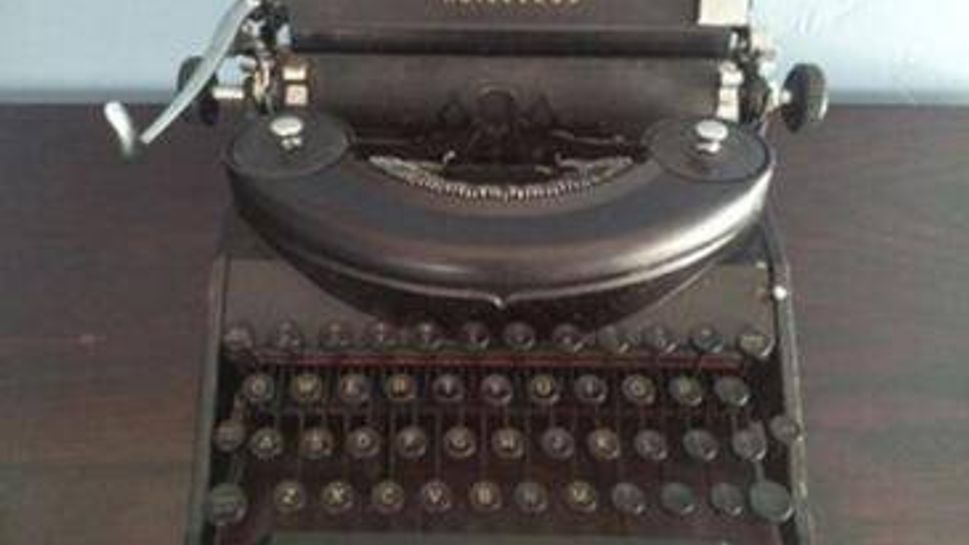
One of my original “holy grails” is this vintage Remington, the same kind used by Marjorie Kinnan Rawlings. I believe she bought hers with the first batch of royalty checks for The Yearling.
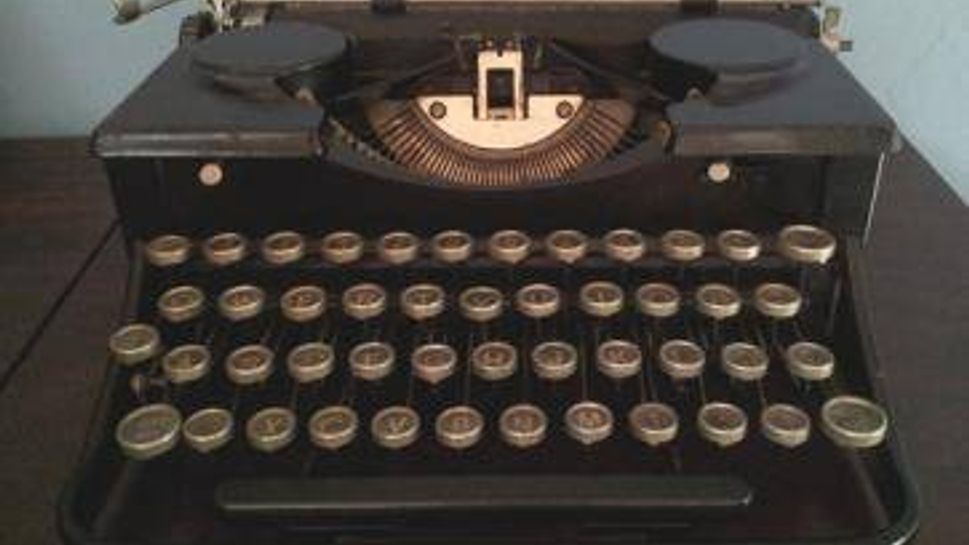
You don’t see many of these Royal Standards from the 1930s. This was the same model used by Flannery O’Connor during her M.F.A. years at the University of Iowa and, I believe, to write her first novel, Wise Blood.

My first typewriter was this beige Royal. It is the same kind that poet Anne Sexton used. Hers is housed at the Harry Ransom Center in Austin, Texas.

I have a sentimental attachment to this 1950s Smith Corona. I bought it at an estate sale for $30. The Latvian woman who owned it wrote her life story on it, her daughter said.
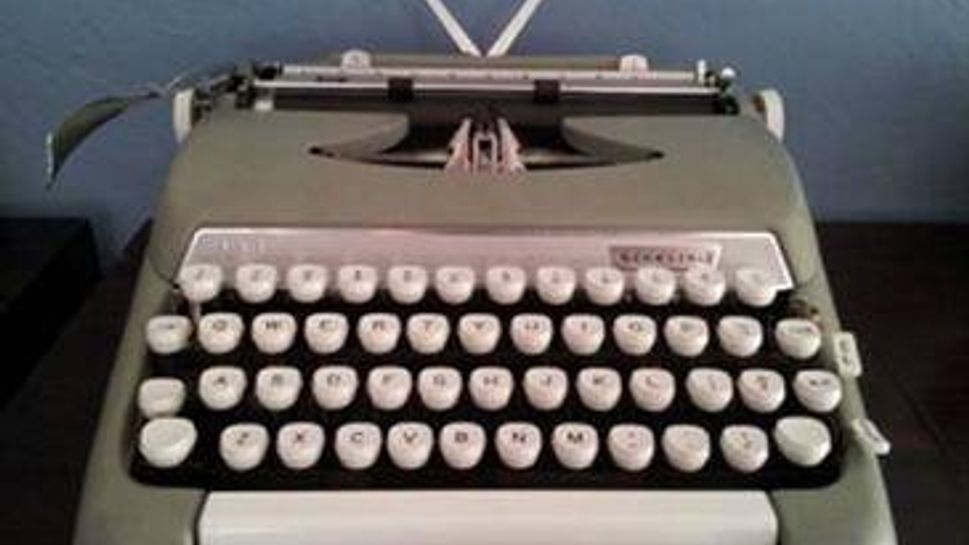
This Sterling typewriter is my favorite — the one I use for all my personal writing. It’s from 1963. I have yet to find a famous writer who used a similar model, so until then I will fill that role.
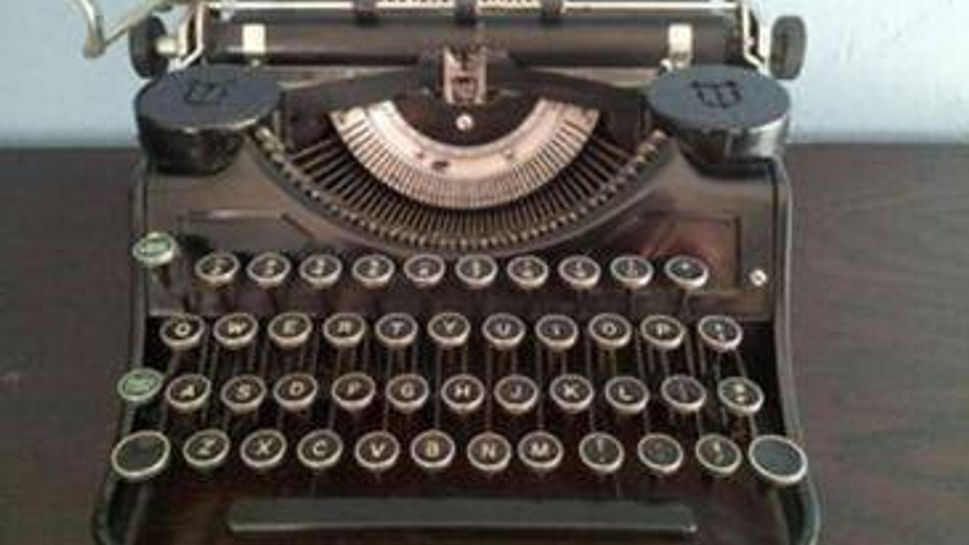
My wife, Vicki, found this vintage 1930s Underwood at a garage sale. It belonged to the seller’s grandfather and is from the early 1930s. It also happens to be the exact model that William Faulkner favored.
Collector’s Name: Matthew Solan
Age: 46
City: St. Petersburg, Fla.
Started: 2006
Total Investment: $500
Current Value: Not sure
Why Typewriters?
It’s part romance — the timeless image of writers clicking away late at night, enveloped in cigarette smoke and high on inspiration — and part my deeper exploration of the writing process: the rituals, customs and labor of putting down words. During my ongoing study, I came across pictures of my favorite writers at work with their typewriters and became intrigued. Which one did Ernest Hemingway use for The Old Man and the Sea? How about Jack Kerouac for On the Road? Can you still find the same makes and models? So it grew from there. I have since expanded my search to include all famous writers and not just my faves. I have but one criteria: a picture of the writer using that particular kind of machine, or some other firm documentation.
First Purchase
The poet Anne Sexton’s 1960s-era Royal Quiet de Luxe. I wasn’t sure of the color — this model came in many shades, from robin egg blue to beige. I wrote Anne’s biographer, Stanford University's Diane Middlebrook, who directed me to the Harry Ransom Center at the University of Texas, which housed Anne’s memorabilia, including her typewriter. A nice woman there sent me a color picture (beige) along with the serial number so I could narrow down the year it was manufactured. I eventually found one on eBay for $10.
Most Valuable
I have no idea about the monetary value of most of my typewriters. Sentimental-wise, I'd say the most valuable is an Underwood Universal, the favorite model of William Faulkner. My wife bought it at a garage sale for $25. It belonged to the woman’s grandfather, who kept it in excellent condition. It's all black and shiny. He bought it in the 1930s. It still works like a charm. He obviously took great care of it.
Most Unusual
I have a Corona No. 3 from the 1910-1920 period, a small typewriter that folded. It was one of the first mass-produced machines and was popular with traveling businessmen and journalists. World War II correspondent Ernie Pyle used one. So did Out of Africa author Isak Dinesen. It has only three rows of keys instead of the standard four. I got it on eBay. It even came with the original box, owner’s manual and a tiny metal tube filled with oil for lubricating the occasional sticky key.
Favorite Typewriter
While my collection is reserved for models used by famous writers, at times I do pick up machines that aren't associated with known writers. Last year, I found a Sterling Smith Corona from 1963. I haven’t been able to match it to a writer, so I have claimed it as my own, and do most of my personal and creative writing on it.
My Holy Grail
Hemingway used many typewriters: a gigantic Royal No. 10 desktop with glass side panels from his early Key West days; an Underwood Noiseless that helped him finish For Whom the Bell Tolls while vacationing in Sun Valley; and various black matte Royals from the early 1940s, especially the Quiet de Luxe and Arrow, which he favored while at Finca Vigia in Cuba. So far I only have the Arrow.
Best Resources
Finding typewriters is like an Indiana Jones quest. At every Goodwill store, I make a beeline to the used-computer section in hopes of finding that elusive closed typewriter case among the dusty monitors and piles of plastic keyboards. I cruise eBay a lot. My favorite hunting grounds are yard sales. People practically give them away. Their response: “You want that?”
What I Love About It
This has brought me back to how the literary giants used to write before the age of Command-Save. It’s hard for writers today to imagine working with a machine that doesn’t let you correct or delete. But every writer should try one. Typewriters, I think, make you more focused. Every word counts. You have to really think about what you're going to say. If it’s not right, you can’t get rid of it. You just have to plow ahead. Besides, it seemed to work just fine for Steinbeck and Kerouac. They did OK without a laptop.
What I Look For
I keep a file filled with pictures of writers and their typewriters, so when I find one I can make a match. Some on my A list include: Pearl S. Buck and the 1930s Royal Standard she used to write The Good Earth; Kerouac’s road-weary Underwood Standard S; e. e. cummings’ Smith Corona; and Margaret Mitchell’s second-hand Remington No. 3 portable, which banged out Gone With the Wind. Sometimes, when I find that the actual typewriter still exists, I dig deeper for more details, like specific year, model or unique characteristics, like key color. I have written to the foundation of Pearl S. Buck to get accurate descriptions of her Royal. I called the librarian at Flannery O’Connor’s former college, which displays her original Royal Standard, to get the serial number.
Favorite Story
Most writers today do not use typewriters, so when I find someone who still does I reach out to him or her. I read a story last year on NPR’s website about the poet Nikky Finney soon after she won the National Book Award. It showed her in her converted garage/office and I noticed a typewriter in the background. So I wrote her. Here is her response:
I do many of my first drafts on a typewriter. I have three Hermes typewriters. One Hermes 3000, one Hermes 2000, and one Hermes Baby Jubilee. All sea foam green color. I use them quite often. They are an intricate part of my writing process and have been for the last 10 years. I grew up with typewriters — moved on to computers with the rest of the world — then moved back to typewriters as I began to understand rhythm and elbow grease. My dad gave me my first typewriter when I left for college, an IBM Selectric. I still have that one too but I prefer the feel, sound and diligence of a manual typewriter. Totally smitten by these amazing Swedish machines. Nikky
A Hermes is now on my must-have list.

